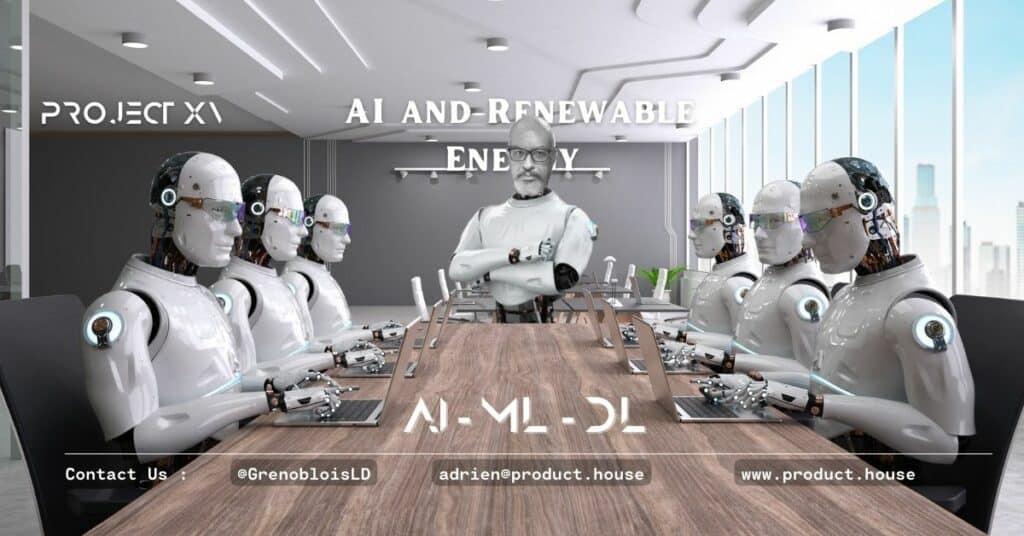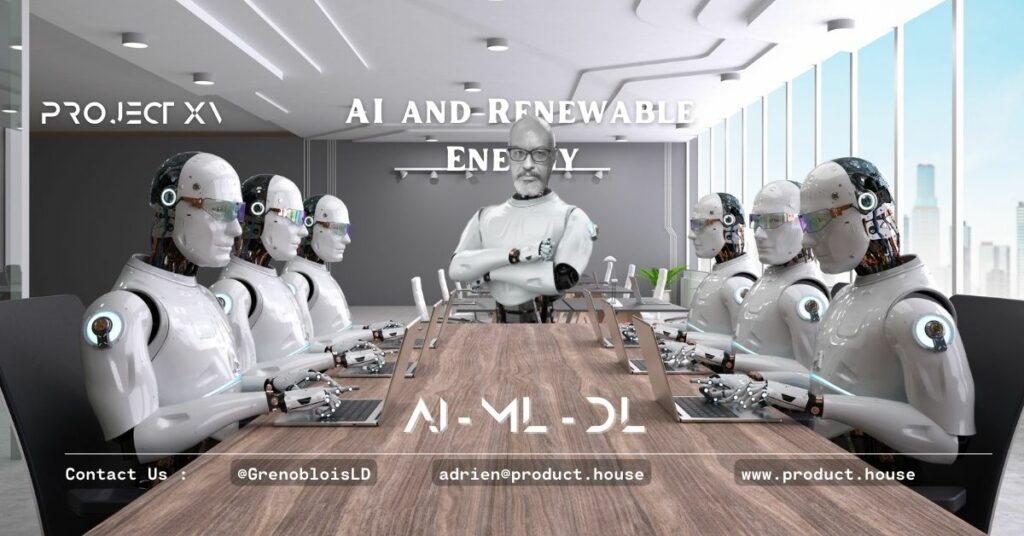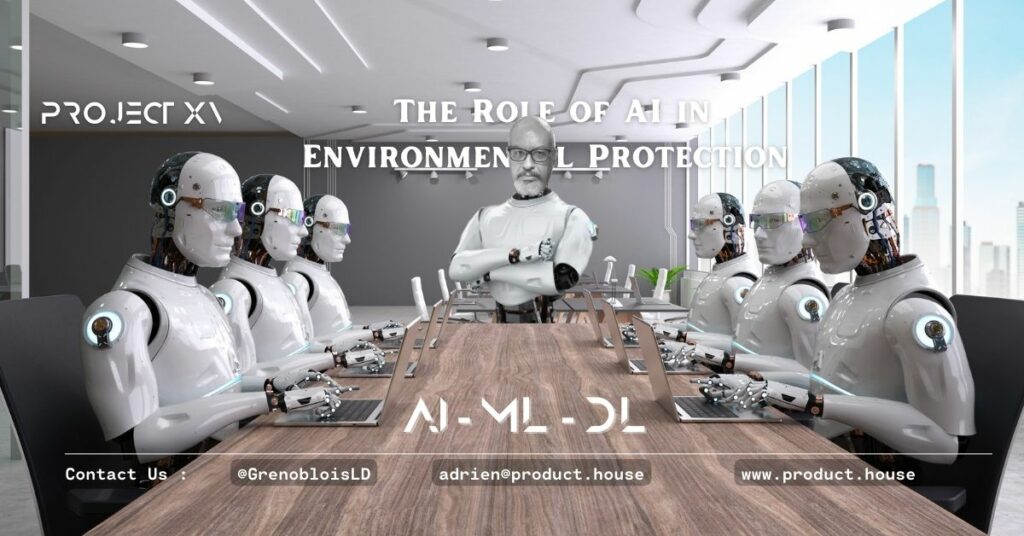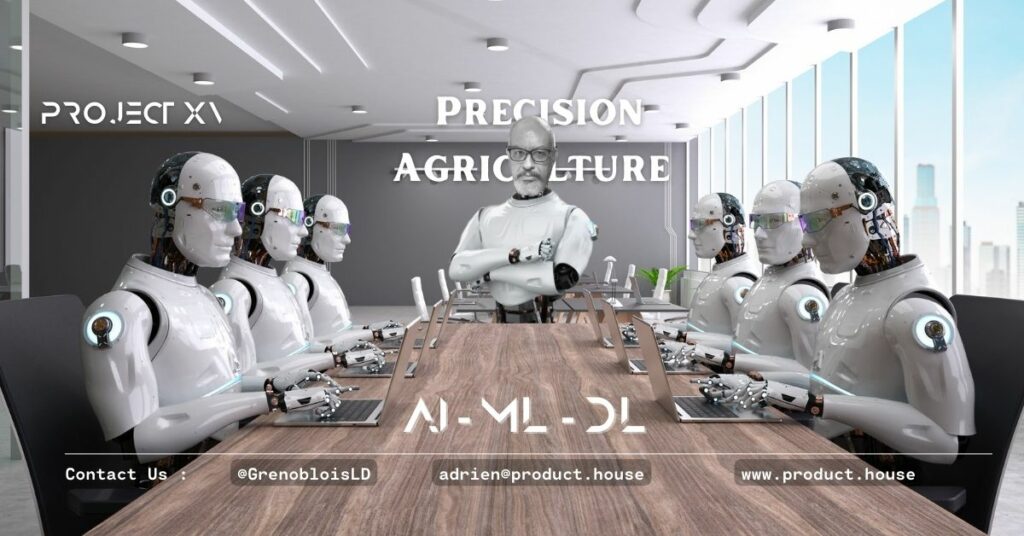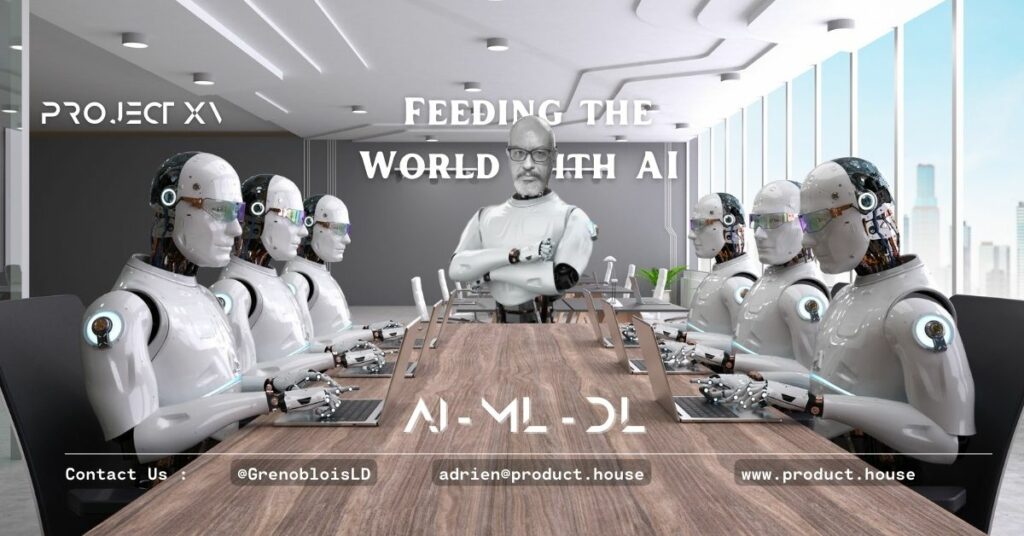How AI Is Helping to Combat Climate Change
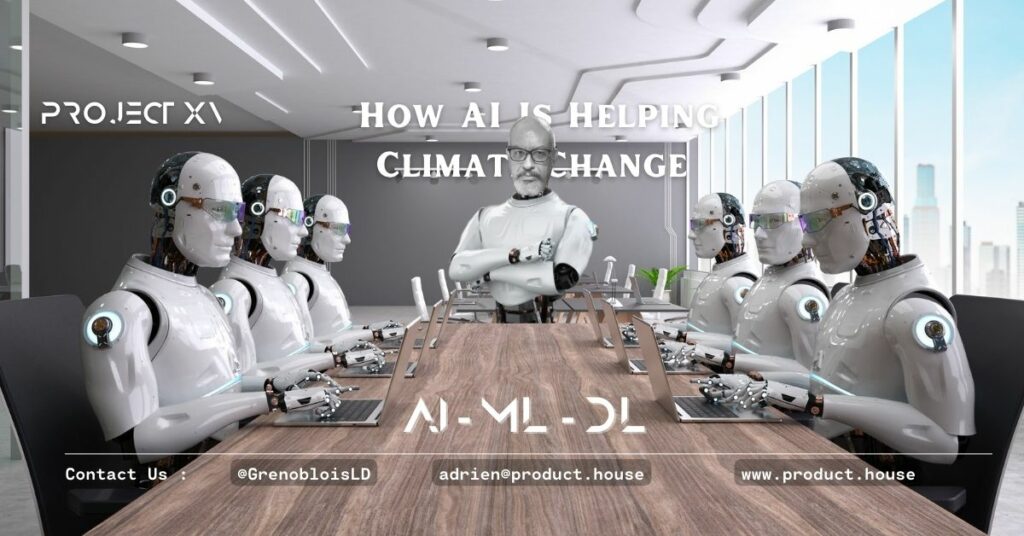
Climate change is one of the most significant environmental challenges facing our planet today. Its impacts, such as rising sea levels, more frequent and intense weather events, and food and water shortages, threaten the well-being of people and ecosystems worldwide. The good news is that we are starting to see the use of AI in environmental protection and sustainability, which has the potential to help us address climate change. In this article, we will explore how AI is helping to combat climate change.
- Optimizing Energy Use One of the most significant contributors to greenhouse gas emissions is energy consumption. AI can help us optimize our energy usage by predicting energy demand, identifying energy inefficiencies, and automating energy management systems. For example, AI-powered smart thermostats can adjust temperature settings to reduce energy consumption when people are not home, reducing the overall energy needed to heat or cool a home.
- Promoting Sustainable Agriculture Agriculture is another significant contributor to greenhouse gas emissions, accounting for roughly 10% of all emissions globally. AI can help us promote sustainable agriculture by providing insights into crop yields, reducing water waste, and preventing crop diseases. By optimizing agricultural practices, we can reduce the environmental impact of agriculture while still meeting the demand for food.
- Monitoring Deforestation Deforestation is a major contributor to climate change, as it accounts for roughly 10% of global greenhouse gas emissions. AI can help monitor deforestation by analyzing satellite images to identify areas where deforestation is taking place. This information can be used to track changes in forest cover over time and identify areas that are at risk of deforestation. By monitoring deforestation, we can take action to prevent it and preserve our forests, which play a crucial role in regulating our planet’s climate.
- Improving Disaster Response Extreme weather events, such as hurricanes, floods, and wildfires, are becoming more frequent and intense due to climate change. AI can help improve disaster response by providing real-time information about weather patterns and helping emergency responders plan and coordinate their efforts. By using AI to respond to disasters more effectively, we can reduce the damage caused by these events and help communities recover more quickly.
- Transitioning to Renewable Energy One of the most critical steps in addressing climate change is transitioning from fossil fuels to renewable energy sources. AI can help us optimize the use of renewable energy sources, such as wind and solar power. For example, AI can be used to predict wind and solar energy production and ensure that we use renewable energy sources efficiently. By transitioning to renewable energy, we can reduce our greenhouse gas emissions and work towards a more sustainable future.
In conclusion, AI has the potential to play a significant role in combating climate change. By optimizing energy use, promoting sustainable agriculture, monitoring deforestation, improving disaster response, and transitioning to renewable energy, we can work towards a more sustainable and environmentally friendly future. As we continue to develop and implement AI technologies, we must also be mindful of their potential risks and use them in a responsible and sustainable manner. By doing so, we can leverage AI to help address the challenges we face in environmental protection and sustainability.
FAQs
- What is AI’s role in combating climate change? AI can help us combat climate change by optimizing energy use, promoting sustainable agriculture, monitoring deforestation, improving disaster response, and transitioning to renewable energy.
- How can AI be used to reduce carbon emissions? AI can be used to reduce carbon emissions by optimizing energy use, promoting sustainable agriculture, monitoring deforestation, improving disaster response, and transitioning to renewable energy.
- What are some challenges associated with using AI to combat climate change? Some challenges include the potential for job displacement, ethical concerns, and the environmental impacts of the manufacture and use of AI technologies.
- Can AI help us adapt to the impacts of climate change? Yes, AI can help us adapt to the impacts of climate change by providing insights into climate patterns and trends and helping us respond to extreme weather events.
- How can we ensure that AI is used in a sustainable and responsible manner? To ensure that AI is used in a sustainable and responsible manner, we must prioritize sustainability and responsible use, consider potential risks, and collaborate between industry, government, and academia.
- How can businesses leverage AI to become more sustainable? Businesses can leverage AI to become more sustainable by optimizing their supply chains, reducing waste, and transitioning to renewable energy sources.
- What are some examples of AI in renewable energy? AI can be used to predict wind and solar energy production and ensure that we use renewable energy sources efficiently.
- Can AI help us reduce waste? Yes, AI can help us reduce waste by providing insights into waste generation, collection, and disposal, and recommending strategies to reduce waste.
- How can AI be used to improve disaster response? AI can be used to provide real-time information about weather patterns and help emergency responders plan and coordinate their efforts.
- How can AI help us monitor and mitigate climate change? AI can help us monitor and mitigate climate change by providing insights into climate patterns and trends, predicting extreme weather events, and helping us transition to renewable energy sources.
Reminders
When using AI in environmental protection and sustainability, it is important to prioritize sustainability and responsible use. Additionally, it is crucial to consider the potential risks associated with AI and work to mitigate them. Finally, collaboration between industry, government, and academia is necessary to ensure that AI is used in a sustainable and responsible manner.
Book List
- “The Greening of IT: How Companies Can Make a Difference for the Environment” by John Lamb
- “The Fourth Industrial Revolution” by Klaus Schwab
- “Artificial Intelligence and the Environment” by Senem Velipasalar and David W. Matolak
- “Sustainable Computing: Informatics and Systems” by Suresh Chandra Satapathy, Vikrant Bhateja, and V. Kamakshi Prasad
- “Climate Change, AI and the Future of Humanity: A Collection of Essays” edited by David Wood
Examples
- AI-powered smart thermostats can adjust temperature settings to reduce energy consumption when people are not home.
- AI can analyze satellite images to identify areas where deforestation is taking place.
- AI can provide real-time information about weather patterns and help emergency responders plan and coordinate their efforts.
Glossary
- Greenhouse gases: Gases that trap heat in the Earth’s atmosphere and contribute to climate change, including carbon dioxide, methane, and nitrous oxide.
- Renewable energy: Energy derived from natural sources that are replenished over time, such as wind, solar, hydro, and geothermal energy.
- 3. Smart grid: An electrical grid that uses digital technology to manage energy production, transmission, and distribution more efficiently.
- Precision agriculture: The use of technology to optimize agricultural practices and reduce waste.
- Climate modeling: The use of computer models to simulate and predict climate patterns and trends.
- Disaster response: The coordinated efforts of emergency responders and other organizations to respond to natural disasters and other emergencies.



